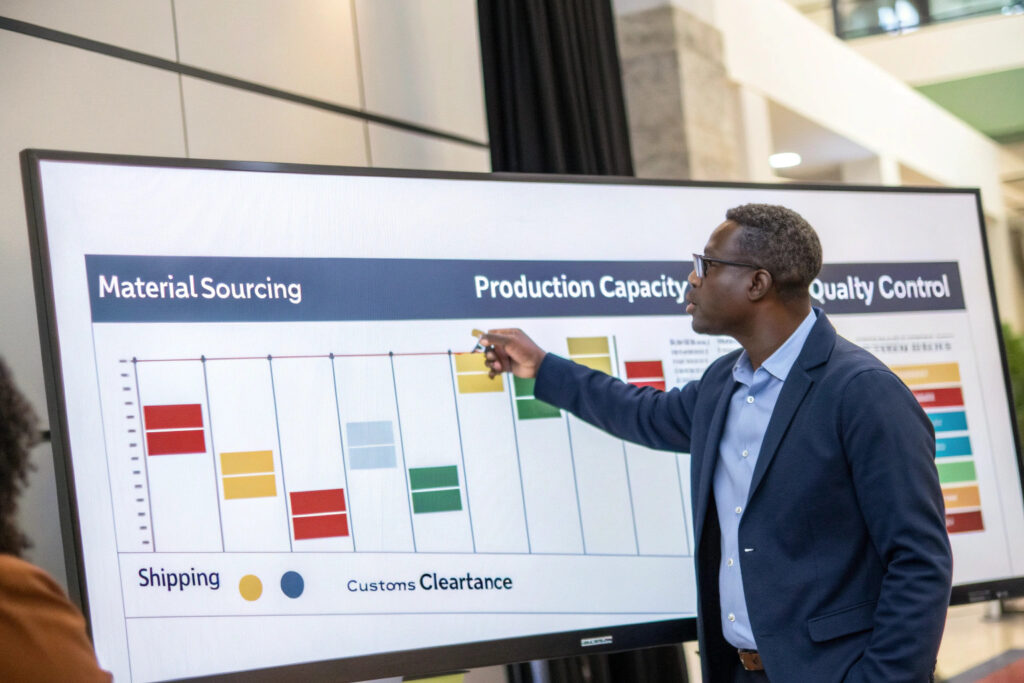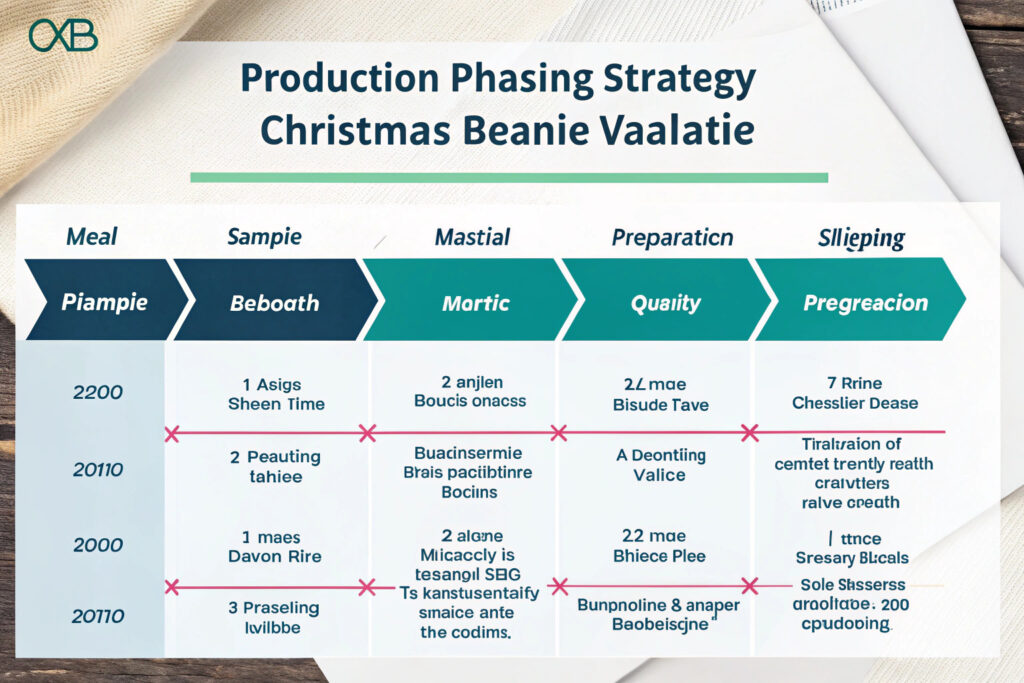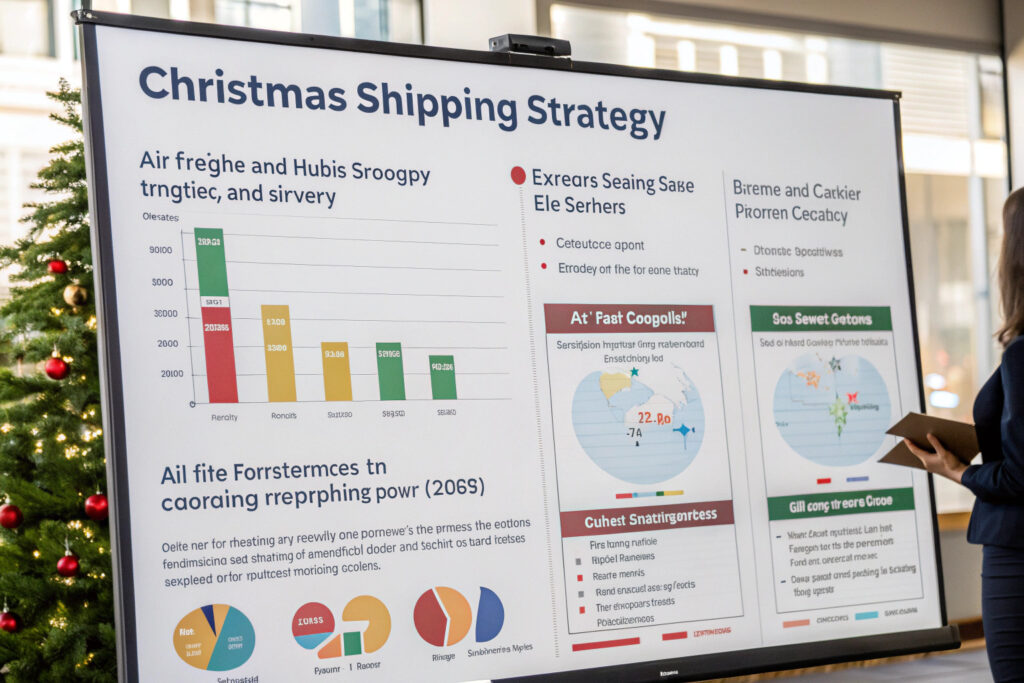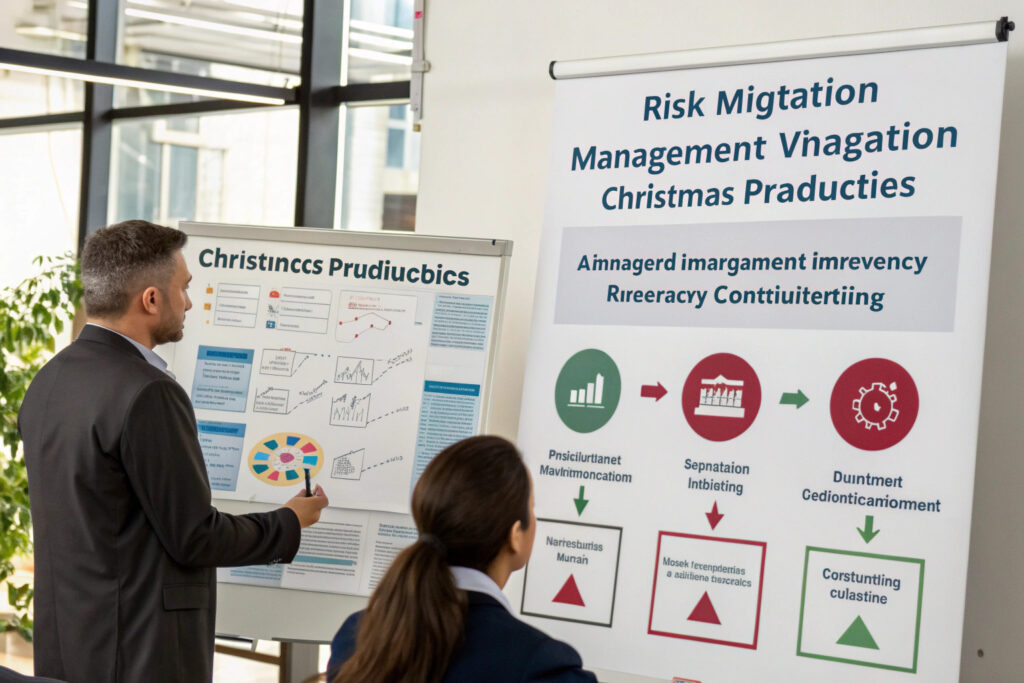Christmas beanie production involves complex supply chain considerations that many retailers underestimate until it's too late. The festive season represents both tremendous opportunity and significant risk, with delayed shipments potentially missing the entire selling window. Understanding true lead times requires accounting for material sourcing, production capacity peaks, quality control, shipping variability, and the compressed timeline of the holiday season.
True lead times for Christmas beanie production typically range from 12-16 weeks for standard orders and 8-10 weeks for expedited production, accounting for material procurement, manufacturing, quality control, shipping, and customs clearance. These timelines assume ordering by late July to early August for Christmas delivery, with later orders requiring premium expedited fees and facing significant capacity constraints.
Proper planning and understanding of each production phase helps retailers avoid holiday season disappointments while maximizing sales opportunities during the critical Christmas shopping period.
What Factors Determine Christmas Production Timelines?
Christmas beanie production faces unique challenges that extend beyond standard manufacturing timelines. Seasonal capacity constraints, material availability issues, and logistics bottlenecks all contribute to extended lead times during peak production periods.
Key factors include material sourcing complexity, factory capacity allocation, quality control requirements, shipping method selection, and customs processing during peak season. Each element requires careful planning and contingency time.

How Does Material Sourcing Impact Timelines?
Christmas-specific materials often require longer lead times due to seasonal demand spikes and specialized availability. Festive colors, holiday-themed trims, and seasonal packaging all add complexity to the sourcing process.
We account for material considerations including:
- Festive color availability with longer dye lot lead times
- Specialty yarn sourcing for Christmas-specific blends
- Holiday trim procurement including pom-poms, bells, and festive accents
- Custom packaging production for gift-ready presentation
- Backup material planning for supply chain disruptions
According to Textile Sourcing Association data, Christmas material procurement typically adds 2-3 weeks compared to standard material sourcing. Our material planning service helps clients secure materials early, often locking in supplies as early as June for Christmas production.
What Production Capacity Challenges Arise During Peak Season?
Manufacturing facilities face tremendous pressure during Christmas production cycles, with capacity often booked months in advance. Understanding these constraints helps in planning realistic production schedules.
We navigate capacity challenges through:
- Advanced production scheduling with confirmed slot reservations
- Factory capacity monitoring across multiple manufacturing partners
- Staggered production approaches for large orders
- Priority production programs for established partners
- Contingency manufacturing arrangements for unexpected demand
The Global Apparel Production Index shows that manufacturing capacity utilization reaches 85-95% during peak Christmas production months. Our capacity management system ensures clients secure production slots before critical deadlines pass.
How Should You Phase Christmas Beanie Production?
Successful Christmas beanie production requires strategic phasing that accounts for both production realities and retail selling patterns. Proper phasing ensures timely delivery while maximizing sales opportunities.
Production phasing should accommodate sample development, material preparation, main production runs, quality control, and logistics while aligning with retail calendar requirements.

What is the Ideal Production Timeline?
A well-structured production timeline accounts for each phase while building in buffer time for unexpected delays. Following an established timeline significantly increases the likelihood of Christmas delivery.
We recommend this production schedule:
- June-July: Design finalization and sample approval
- July-August: Material procurement and production booking
- August-September: Main production runs
- September-October: Quality control and finishing
- October-November: Shipping and customs clearance
- November-December: Retail receipt and floor placement
The Retail Timeline Association confirms that orders placed after August 31st face a 45% higher risk of missing Christmas delivery. Our production planning service helps clients adhere to these critical deadlines while maintaining flexibility for last-minute opportunities.
How Can Sampling Be Accelerated Without Compromising Quality?
The sampling process often becomes a bottleneck in Christmas production. Accelerated sampling strategies can save crucial weeks while ensuring final product quality.
We implement accelerated sampling through:
- Digital prototyping reducing physical sample iterations
- Local sampling facilities for rapid turnaround
- Standard component libraries minimizing custom development
- Parallel sampling processes for multiple styles
- Express shipping options for sample review
According to Product Development Efficiency studies, strategic sampling approaches can reduce development time by 3-4 weeks. Our rapid sampling program has achieved 95% first-sample approval rates for Christmas beanies through detailed pre-production planning.
What Shipping Considerations Affect Christmas Delivery?
The final production phase often becomes the most critical, with shipping delays potentially undermining months of careful planning. Christmas shipping involves unique challenges that require strategic approaches.
Shipping considerations include carrier selection, routing options, customs preparation, and contingency planning for peak season logistics challenges.

How Do Shipping Method Choices Impact Delivery Dates?
Different shipping methods offer varying trade-offs between cost, speed, and reliability during the congested Christmas shipping season. Understanding these trade-offs is essential for meeting delivery deadlines.
We analyze shipping options including:
- Express air freight (7-10 days, highest cost, most reliable)
- Standard air freight (10-15 days, moderate cost, good reliability)
- Expedited sea freight (25-30 days, lower cost, variable reliability)
- Traditional sea freight (35-45 days, lowest cost, least reliable)
- Hybrid approaches combining methods for optimal balance
The International Holiday Shipping Report shows that shipping reliability decreases by 25-40% during November and December. Our shipping optimization service helps clients select the right balance of cost and reliability for their specific Christmas timeline.
What Customs Considerations Affect Holiday Timelines?
Customs processing slows significantly during peak holiday seasons, with increased volume creating bottlenecks that can add days or even weeks to delivery timelines.
We prepare for customs challenges through:
- Advanced documentation preparation ensuring complete accuracy
- Pre-clearance programs where available
- Customs broker relationships with holiday experience
- Contingency planning for unexpected examinations
- Extended operating hours coordination with logistics partners
According to Customs Brokerage Association data, customs clearance times increase by 50-100% during peak holiday shipping periods. Our customs preparation service ensures documentation accuracy and compliance to minimize clearance delays.
How Can Retailers Mitigate Christmas Production Risks?
Despite careful planning, Christmas production involves inherent risks that require proactive management. Successful retailers implement strategies to mitigate these risks while maintaining flexibility for unexpected opportunities.
Risk mitigation strategies include diversified sourcing, production monitoring, inventory planning, and contingency arrangements that protect against timeline disruptions.

What Production Monitoring Approaches Provide Early Warning?
Early identification of potential delays allows for proactive intervention before problems become critical. Effective monitoring provides visibility throughout the production process.
We implement comprehensive monitoring including:
- Weekly production updates with photographic evidence
- Milestone tracking against established timelines
- Quality control checkpoints throughout production
- Shipping status alerts from origin to destination
- Customs clearance tracking with broker coordination
The Supply Chain Visibility Institute confirms that proper monitoring can identify 80% of potential delays with sufficient time for corrective action. Our production tracking platform provides real-time visibility and automated alert systems for Christmas production.
How Can Inventory Planning Compensate for Timeline Uncertainty?
Strategic inventory planning creates buffers that protect against production delays while maximizing sales opportunities. This approach balances risk management with commercial objectives.
We recommend inventory strategies including:
- Phased delivery approaches spreading risk across multiple shipments
- Safety stock calculations based on delay probability
- Pre-season testing with limited quantities before full production
- Reorder trigger points for successful early-season styles
- Liquidations plans for delayed seasonal products
According to Retail Inventory Optimization research, proper inventory planning can increase seasonal sales by 15-25% while reducing stockout risks. Our inventory advisory service helps clients develop data-driven approaches to Christmas inventory management.
Conclusion
True lead times for Christmas beanie production extend far beyond simple manufacturing periods, encompassing material sourcing, capacity management, quality control, shipping logistics, and customs clearance during the busiest season of the year. The successful navigation of these complexities requires starting early, planning meticulously, and building contingency time into every phase.
Retailers who understand and respect these lead times position themselves for successful holiday seasons, while those who underestimate the complexity risk missing crucial selling opportunities. The 12-16 week guideline represents the realistic planning horizon for stress-free Christmas beanie production.
Ready to plan your Christmas beanie production with confidence? Contact our Business Director Elaine to discuss how our seasonal manufacturing expertise can ensure your holiday headwear arrives on time and meets your quality expectations. Her email is elaine@fumaoclothing.com. Let's make this Christmas season your most successful yet.







